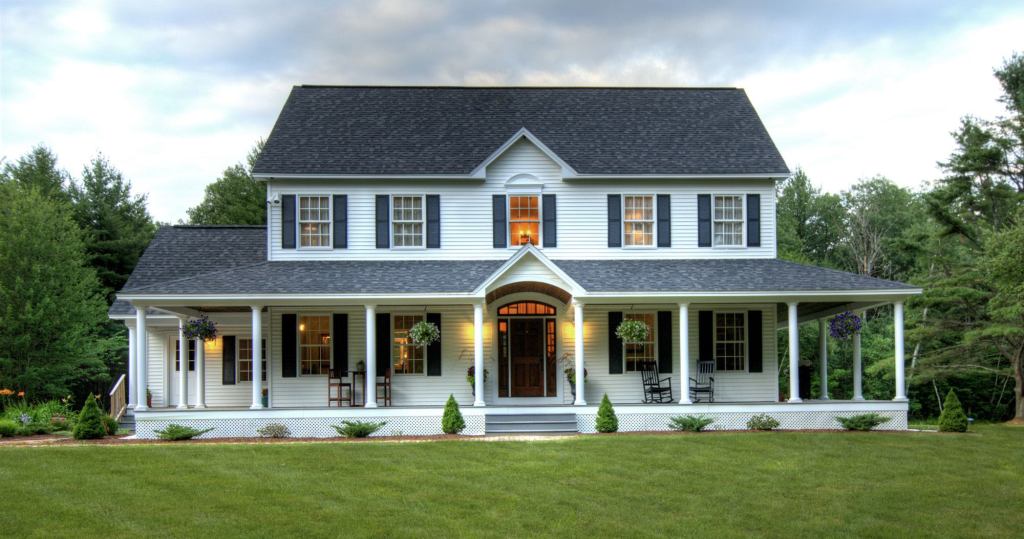3. HEALTH
Growing awareness of the dangers of chemicals–such as from Bisphenol A (BPA)–and other hazardous substances in common items is leading more homeowners to seek out non-toxic interior products, industry watchers say.
“The trend in the manufacturing world is moving toward healthier materials, and as that demand increases and prices become more reasonable, I think those types of products are going to be game changers,” says Vittori.
She foresees a holistic approach to a home’s interior, which includes zero-VOC paints, low-VOC carpets, formaldehyde-free cabinets, and phthalate-free flooring such as linoleum or hardwood. “It’s really about eliminating what have been the most persistent and troublesome chemicals,” she says.
Products such as energy recovery ventilators and filters that help ventilate ultra-tight homes will see an uptick in demand as well, Koerner says. “Basically, people want their kids to grow up in a place that’s healthy,” he says. Last year’s update of the FTC’s Green Guides—used by the agency to enforce environmental marketing laws against unfair and deceptive advertising–will help consumers more easily select healthy products, Ehrlich says. The new guidelines provide standardized definitions for terms like “non-toxic,” “recyclable,” and “renewable,” and are aimed at curtailing manufacturers’ misleading use of the terms in advertising.
